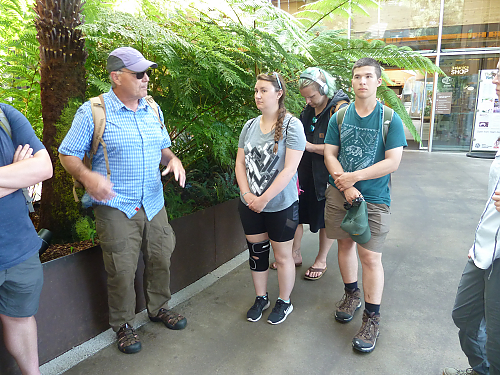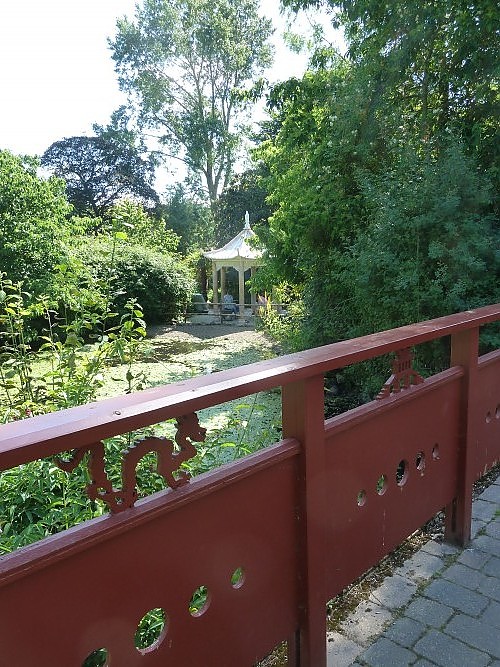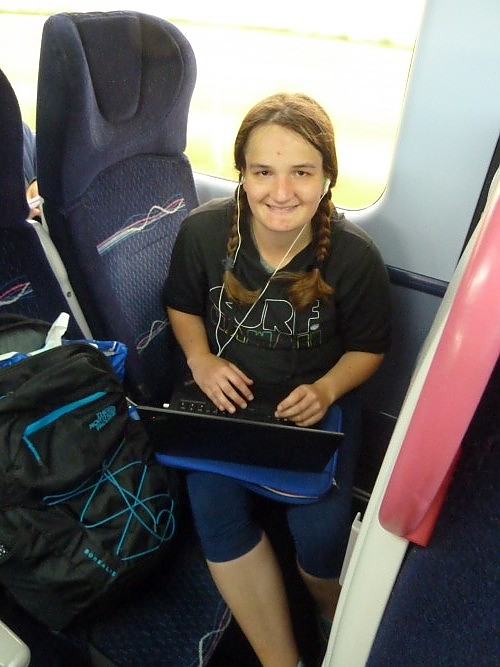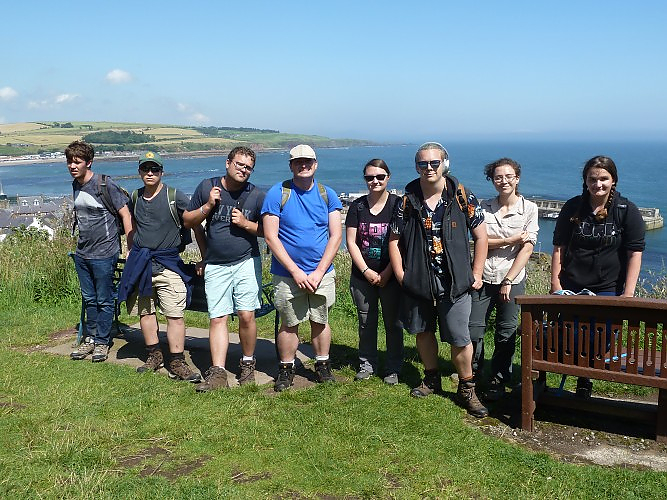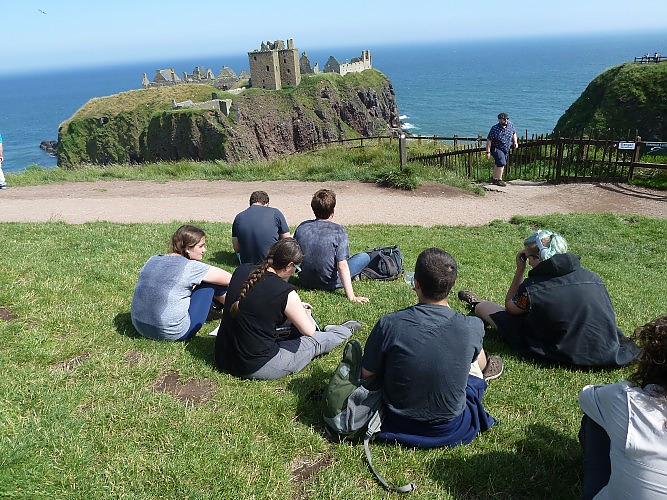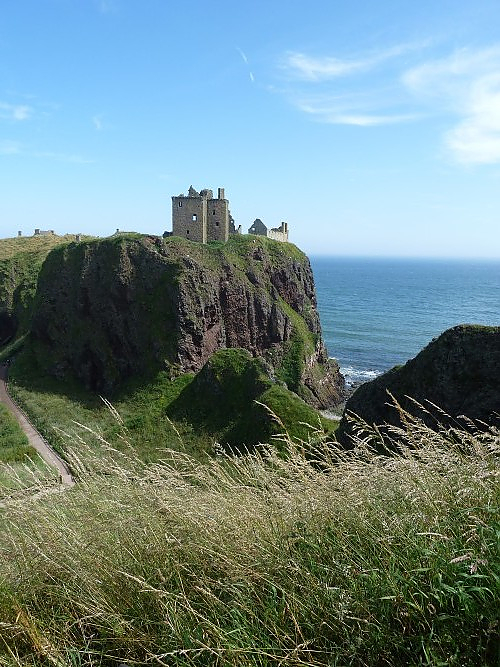Experiencing Urban Wildness in Edinburgh, Scotland
Wednesday, July 24
After returning from the small isles in the highlands of Scotland, we weren’t quite ready for the “urban wildness” we encountered when we initially emerged from Waverley train station in Edinburgh on Monday and saw the throngs of people shuffling their way down Princes Street in the new town. The following day we began exploring some of the green spaces in and around Edinburgh. We visited the Royal Botanic gardens, home to a collection of more than 13,500 plant species and over 128,000 plants from a diverse range of countries and habitats. Ten climate zones are represented in the glass houses within the gardens. The Botanic Gardens also include a collection of Scottish Native Plants and one of the largest selections of Chinese plants to be displayed outside their native China.
On Tuesday we took a train up the east coast of Scotland to Dunnotar castle in the town of Stonehaven. The castle is set in a dramatic location — on a rock that juts out into the North sea with sheer cliffs on three sides. Dunnotar’s somewhat remote coastal location serves as a nesting site for a diverse range of birds. A variety of sea birds, raptors, and marine mammals, such as seals and dolphins, can be spotted from the cliff tops. Herring gulls, puffins, and the occasional periguine falcon are among the castle’s avian visitors. Dunnotar castle has also been a strategically important site throughout Scottish history. Perhaps most notably for the inhabitants of Scotland, it is remembered as the site where the Scottish crown jewels were hidden and protected from Oliver Cromwell’s army during the civil war in the 17th century.
At the entrance to the Botanic gardens in Edinburgh, Scotland
View of the Chinese hill garden in Edinburgh Botanic gardens
Jenna working on her paper on the train to Stonehaven
Students on the cliff top at Stonehaven prior to their hike to Dunnotar castle
Students at Dunnotar
View of Dunnotar castle
